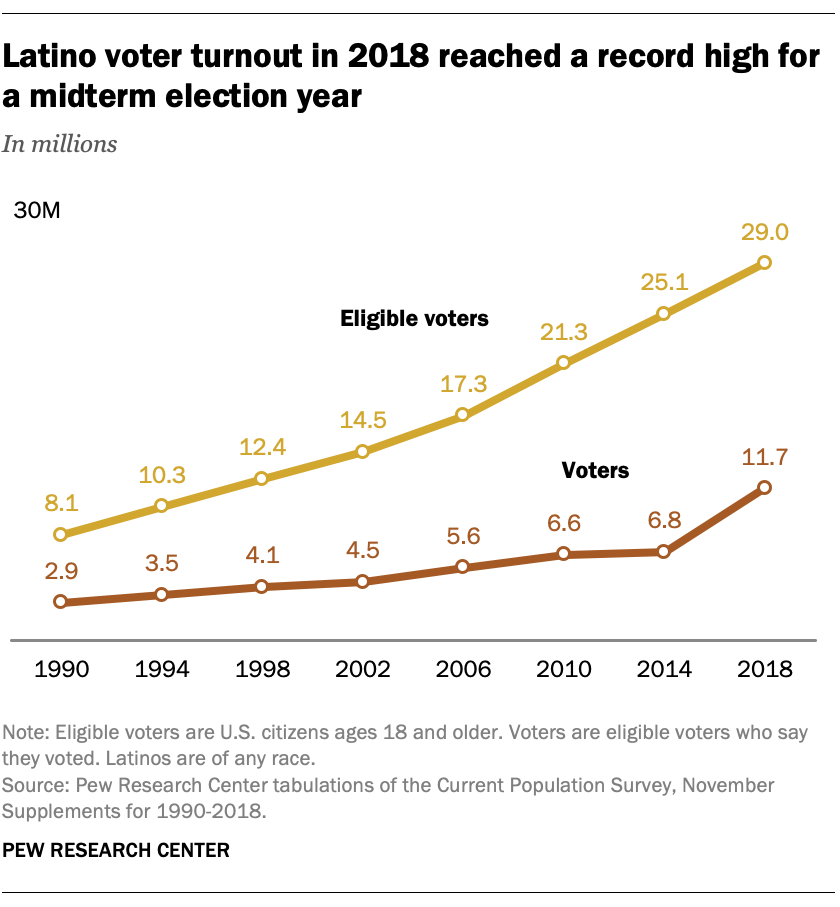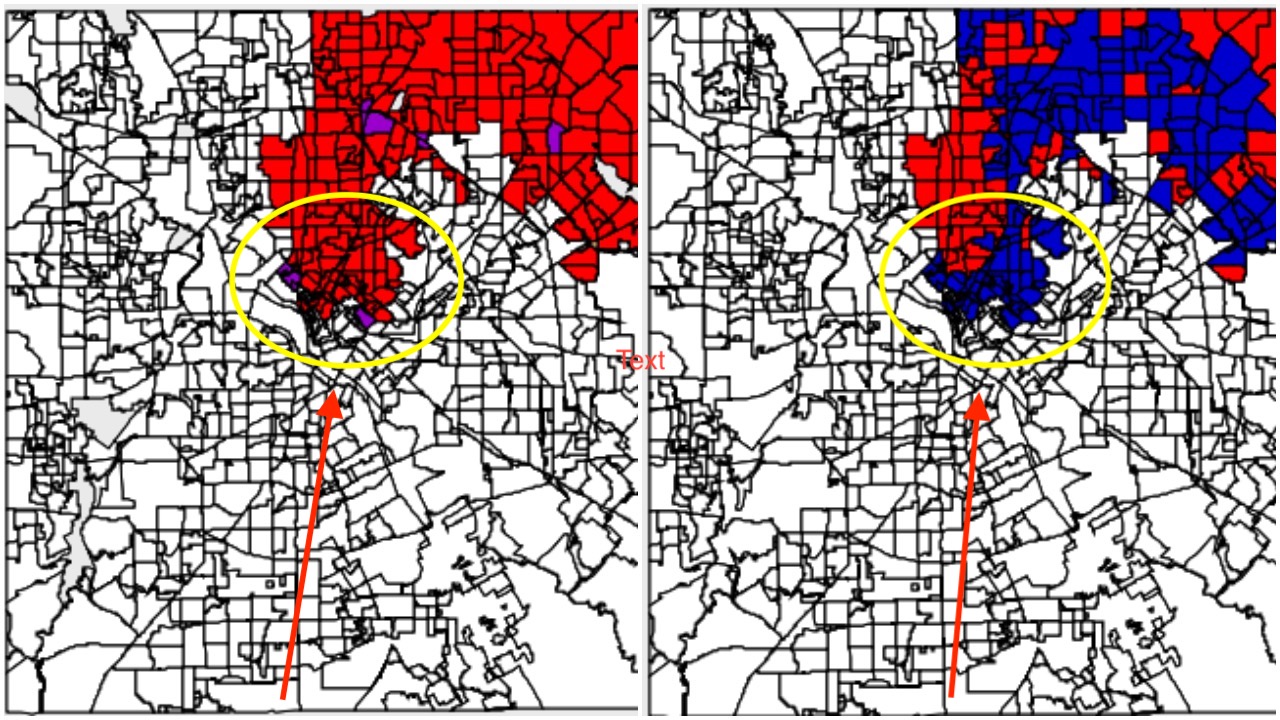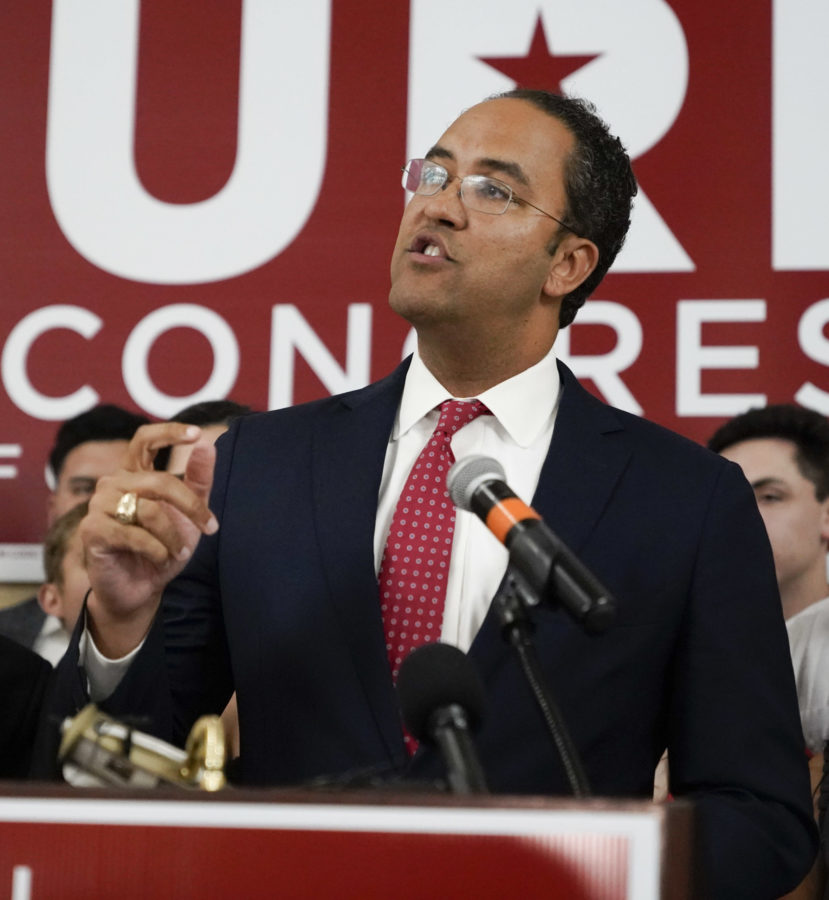Five Republican U.S. Representative from Texas are retiring- the latest sign of the state’s changing political landscape.
The announcements come in advance of the Dec. 1 deadline for candidates to officially file for re-election.
The retirements included Rep. Will Hurd, the only black Republican in the House of Representatives, and Rep. Mike Conaway, the ranking member of the House Agriculture Committee.
“My sense is that Republican incumbents looking forward to 2020 see another difficult year and some of them have decided they would prefer not to fight it out,” SMU political science professor Cal Jillson said.
The difficulties stem from two places according to Jillson: The changing demographics of Texas’ electorate and the Trump administration.
Texas is gradually becoming less white. A 2018 survey by the United States Census Bureau reported the state as 42.9% white and 38.9% Hispanic or Latino. Those numbers were at 52% and 32% when the 2000 census was recorded, respectively.
The shift towards a more diverse electorate should favor Democrats, who have historically maintained majorites with non-white racial groups.
This majority will be strengthened if the Hispanic turnout continues at the levels seen during the 2018 midterms. The group’s 13% jump in voter turnout was the largest of any racial group when compared to 2014.

Texas’ 23rd district, which stretches across the state’s southwestern portion, is over 70% Hispanic. Democratic candidate Gina Ortiz Jones, who lost to Hurd in 2018 and is running for the now-open seat in 2020, focused on not taking Hispanic voters for granted.
“One of the reasons that we were successful in turning votes out is because we aren’t making assumptions about communities,” she said. “You’ve gotta show up in each of these communities.”

Jones’ comments echoed a similar sentiment from Janet Hernandez, a civic engagement director at UnidosUS, America’s largest Latino nonprofit advocacy organization.
“I think that candidates need to do more,” Hernandez said. “Candidates need to do more to really go and knock on the doors of Latino households and ask people for their votes and not take the Latino community for granted.”
Continuing to engage the Hispanic electorate will be at the top of the priority list again for Texas Democrats in 2020.
Hernadez said that Unidos registered nearly 10,000 new Texas voters during the last election cycle, primarily in areas along the border.
“If the Hispanic turnout continues to increase and their population increases while the Angelo population declines as a percent of all voters, that will bring two-party competition,” Jillson said.
The Trump effect
While Texas’ demographic changes will still take decades to fully change the states political leanings, the Trump administration is causing an accelerated change — one that is already being felt by politicians.
“The shorter-term disruption is Donald Trump and his alienation of some elements of the traditional Republican primary electorate, particularly white well-educated suburban women and some of their husbands,” Jillson said.
Jillson pointed to the defeat of Republican Pete Sessions in 2018 as one example of the “destabilizing effect” the Trump administration is causing on the GOP.
Sessions had represented Texas’ 32nd district since 1997. He won by 26 percentage points in 2014 and had no Democratic opponent in 2016.
His former district covers the northern suburbs of Dallas and was won by Mitt Romney in 2012 before flipping to Hillary Clinton in 2016.
Its shift left continued in 2018 when Democrat and former NFL player Colin Allred defeated Sessions. It was Allred’s first time running for elected office.
He made significant gains in the University and Highland Park neighborhoods that played a large role in his surprise victory.

The area is a representation of the wealthy, white electorate that has long been key to Republican victories, Jillson said.
“You can’t lose suburban, college-educated women in households of $100,000 to $150,000,” he said. “Those people have to vote Republican or you’re in trouble.”
One way for Republicans to bring back the suburban vote and attract Hispanic voters is to moderate their social positions, Jillson said.
“They’ve got to win them back and the only way to really do that is to, you know, you can’t have kids in cages on the border, you can’t be opposed to all gun control,” he said. “Those kinds of things are traditional Republican positions when the Republicans were winning 58-42.”
Some GOP candidates in districts with narrowing margins may have to change their strategy to maintain the parties firm grip on Texas in 2020, Jillson added. But some are opting to retire instead.
Four of the five retiring representatives faced the most competitive races of their tenure in 2018. Hurd defeated Ortiz Jones by less than 1% in 2016, part of the reason why she thinks he decided to retire from Congress at the age of 42.
“Good on him for accepting defeat early,” she said. “I think the writing was on the wall and that clearly had to factor into his decision and the others that have decided to not run again and I don’t think we’ve seen the last of it.”
The three other retiring Congressmen, Reps. Kenny Marchant, Bill Flores and Pete Olson won by less than 10 percentage points after double-digit victories in 2016.
Even if their seats are held by the GOP, all eyes will be on Texas in 2020 as the state continues to evolve amid changing demographics and social trends.




